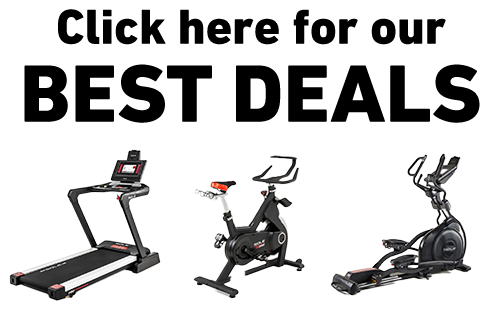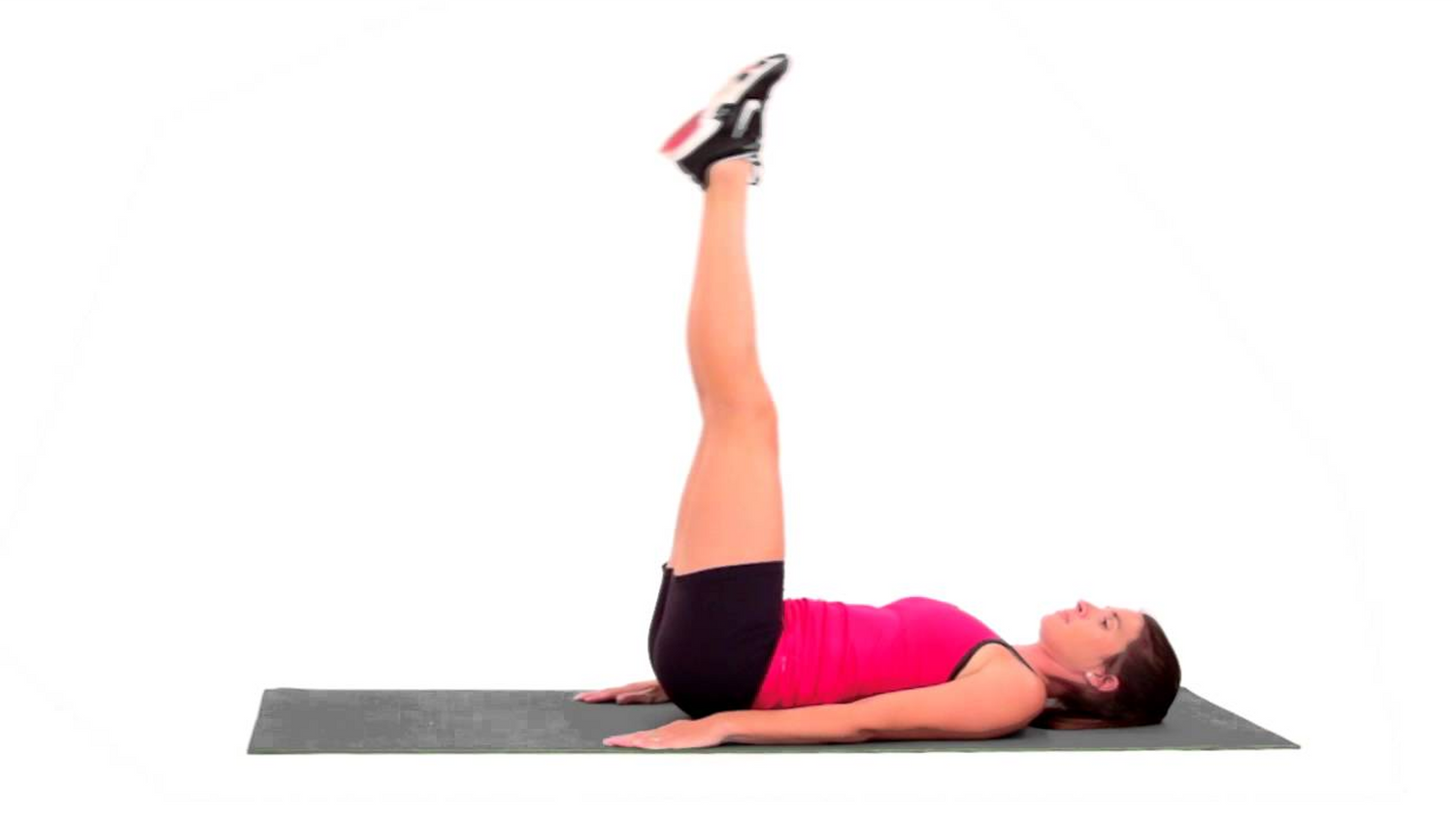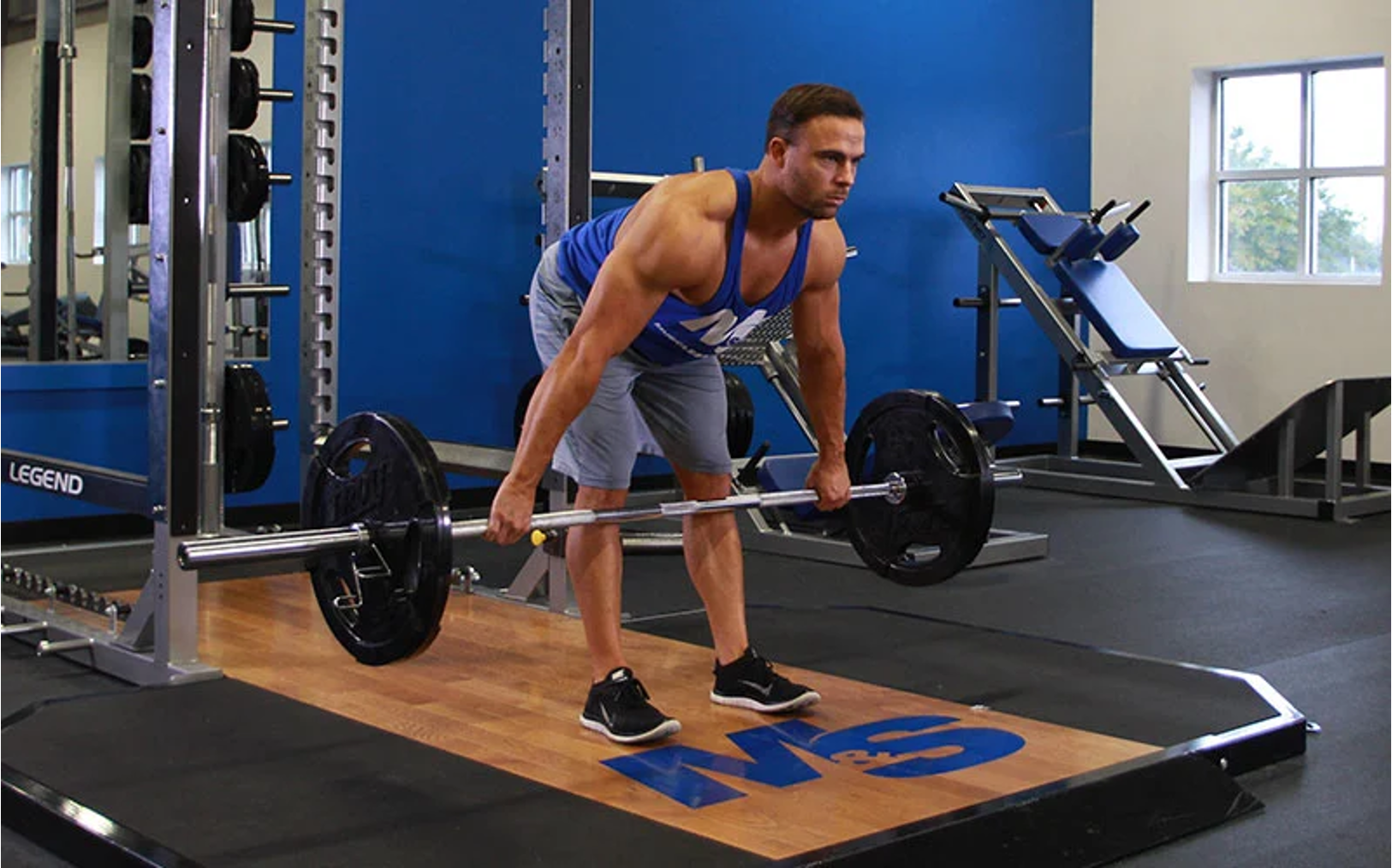Key Takeaways
- Leg raises focus on strengthening the lower abs and improving core stability.
- Cable crunches primarily target the upper abs, using resistance for added intensity.
- Doing both exercises can lead to a balanced and effective core workout.
- You need to maintain proper form to avoid injury and gain full benefits from each exercise.
- SOLE equipment gives you versatile solutions for hitting your entire core, with multiple options to develop balanced, functional abs
Leg Raises vs Cable Crunches Overview
Purpose of Core Exercises
Core exercises strengthen everything in your midsection, which supports your spine, helps you balance better, and improves how you perform in pretty much any physical activity. A strong core also means better posture and fewer back problems. Who doesn't want that?
Defining Leg Raises and Cable Crunches
Leg raises are straightforward: you lift your legs while keeping your upper body still. This hits those lower abs that are notoriously tough to target.
You can do them lying on the floor, hanging from a bar, or on that knee-raise station at the gym. They're awesome for building that lower section of your six-pack that seems to hide from most other exercises.
Cable crunches are a bit different. You'll need a cable machine for these. You kneel down, grab the rope attachment, and crunch forward against the resistance. These primarily hammer your upper abs, and since you can adjust the weight, you can make them as challenging as you want.
Main Differences to Consider
The biggest differences? Leg raises focus on the lower abs while cable crunches hit the upper abs harder. Also, you can do leg raises pretty much anywhere with minimal or no equipment, but cable crunches require that cable machine you'll find at most gyms.
|
At SOLE, we're proud to offer top-quality exercise equipment designed for home and gym use. Our machines are built to meet the highest standards of durability and performance, making them ideal for fitness enthusiasts at any level. SOLE Products
|
Benefits of Leg Raises
Muscular Engagement and Core Strengthening
Leg raises engage multiple core muscles, including your rectus abdominis (the six-pack muscle), hip flexors, and those side abs (obliques). This full engagement builds a rock-solid core that improves everything from your deadlifts to your dancing.
Improvement in Flexibility and Balance
Do leg raises consistently and you'll notice improvements in flexibility and balance, too. All that controlled leg lifting stretches your hip flexors and forces your core to stabilize everything, which translates to better balance in daily activities and other exercises.
Enhancement of Lower Abdominal Muscles
The lower abs are usually the last place to show definition and the first place to lose it. Leg raises are one of the few exercises that really target this stubborn area effectively. If you're after that complete six-pack look, these are non-negotiable.
Leg raises activate the stabilizing muscles in your lower back and hips, which improves your balance and coordination. If your lower abs need serious attention, leg raises should be your go-to move. (Image courtesy of Dimitri Giankoulas)
Benefits of Cable Crunches
Upper Abdominal Muscle Focus
Cable crunches are the MVPs for targeting those upper abs. When you're kneeling and crunching forward against that resistance, your upper rectus abdominis has to work overtime, really zeroing in on that area.
The resistance from the cable machine ensures your upper abs stay engaged throughout the entire movement. As you crunch down, you can literally feel your upper abs contracting hard. These movements are similar to regular crunches but way more effective because of the constant tension from the cable.
Resistance Training Advantages
The standout feature of cable crunches is the resistance. Unlike bodyweight exercises where you're stuck with your body weight, cable crunches let you dial in exactly how challenging you want the exercise to be.
Also, resistance training gives your metabolism a nice boost, helping you burn more calories even when you're bingeing Netflix later. That makes cable crunches perfect for both building muscle and losing fat around your midsection.
Beneficial for Progressive Overload
Cable crunches make it super simple to implement progressive overload, the fitness principle where you gradually increase the difficulty to keep building muscle.
With leg raises, once you can do a decent number, making them harder gets tricky. But with cable crunches? Just add more weight to the stack.
This progressive increase in difficulty forces your muscles to adapt and grow stronger. Keep adding weight over time, and you'll see your abs get stronger and more defined without having to do hundreds of reps.
Cable crunches recruit your obliques and deep core muscles, enhancing overall core strength and endurance. If you're dreaming of that defined upper ab region, cable crunches need to be in your routine. (Image courtesy of Lift Manual)
Integrating Both Exercises into Workouts
Sample Routine for Balanced Core Training
- Warm-up: 5 minutes of light cardio or dynamic stretching to get the blood flowing
- Leg Raises: 3 sets of 12–15 reps (start with bent knees if straight legs are too tough)
- Cable Crunches: 3 sets of 10–12 reps (adjust the weight to challenge yourself)
- Plank: 3 sets of 30–60 seconds (because core stability matters, too)
- Cool-down: Some gentle stretching and deep breathing
Tips for Proper Form and Techniques
For leg raises, keep your lower back pressed into the floor or bench; this prevents straining and ensures you're using your abs, not your back. Engage your core before you even start lifting your legs, and control the movement both up and down. No swinging or momentum allowed!
With cable crunches, focus on keeping your arms fixed and using your ab muscles to bring your elbows toward your knees. Your arms are just hooks holding the weight, and your abs should do all the work.
Avoiding Common Mistakes
With leg raises, don't let your legs drop quickly on the way down; that just uses gravity instead of your muscles and can strain your back. Lower them with control to keep tension on those abs.
For cable crunches, avoid rounding your lower back. Keep a neutral spine and focus on the crunch happening in your midsection, not by folding at the waist. With cable crunches, the biggest mistake is pulling with your arms instead of crunching with your abs.
Choosing the Right Exercise for Your Goals
If you’re aiming to enhance lower abdominal strength, leg raises are an excellent option. They target the lower abs and help in building a strong foundation for overall core stability. (Image courtesy of Lift Manual)
Considering Personal Fitness Objectives
Think about what you're after. Want stronger lower abs? Go with leg raises. Looking for more upper ab definition? Cable crunches are your friend. Want overall core strength? Do both.
Determining Based on Strength Levels
Your current fitness level plays a role, too. If you're new to core training, leg raises might be easier to start with since they require minimal equipment and can be modified easily. If you're more advanced and looking for a challenge, cable crunches let you progressively increase the resistance.
Adapting Exercises for Various Skill Levels
Both leg raises and cable crunches can be adapted to suit different skill levels. Beginners can start with bent-knee leg raises or lighter resistance on the cable machine. As you progress, you can increase the intensity by extending the legs or adding more weight.
Maximize Core Development with SOLE Fitness Equipment
Both leg raises and cable crunches deliver excellent core development, but SOLE offers specialized equipment that perfectly enhances these foundational exercises.
For complete core training, SOLE's fitness solutions provide the ideal combination of functionality and space efficiency.
The SOLE E25 and E35 ellipticals feature a unique 2° inward pedal slope that engages core stabilizers during cardio workouts, providing low-impact core conditioning that complements dedicated ab training.
The SOLE SRVO All-in-One Complete Trainer creates an excellent platform for active core engagement between sets of targeted exercises.
For cable crunches, the SOLE F85 treadmill's sturdy frame and spacious design create the perfect anchor point when used with the SOLE SW111 Olympic Barbell for landmine rotations and other core movements that mimic cable functionality without requiring a dedicated cable machine.
The SOLE LCB and B94 stationary bikes provide the ideal position for performing captain's chair leg raises, engaging the lower abs while the bike's sturdy frame ensures complete stability throughout the movement.
And with the free SOLE+ App guiding you through every exercise, you'll never wonder if you're doing it right.
Ready to upgrade your workouts? Check out SOLE's equipment collection today!
Frequently Asked Questions (FAQs)
Are leg raises more effective than cable crunches?
Neither one is flat-out “better,” they just target different areas. Leg raises hit lower abs harder, while cable crunches focus on upper abs. Using both gives you the most complete development.
How often should I include leg raises and cable crunches in my routine?
For best results, work your abs 2–3 times a week. This gives them enough stimulus to grow stronger while also allowing recovery time. Your abs are muscles just like any other and need rest to develop.
Can these exercises help improve posture?
Yes, both leg raises and cable crunches contribute to a stronger core, which is essential for maintaining good posture. A strong core supports the spine and helps prevent slouching, leading to improved posture over time.
What equipment is needed for cable crunches?
To perform cable crunches, you'll need access to a cable machine with a rope attachment. This equipment is commonly found in gyms, but some home setups may also have cable systems available.
How can I use SOLE cardio equipment to enhance traditional core exercises like leg raises and cable crunches?
If you love leg raises, the sturdy frame of the SOLE CC81 Cardio Climber is basically a captain's chair in disguise. It lets you do supported leg raises that isolate your lower abs without killing your lower back. Also, the multiple grip positions work for anyone, no matter how tall you are or how long your arms are.



Leave a comment
This site is protected by hCaptcha and the hCaptcha Privacy Policy and Terms of Service apply.